No, we’re not talking about a video game featuring an ancient woman warrior. We’re talking about making the museum’s Amazon Basin collections electronically accessible to the people of that region, as well as to scientists and the public. Through collaboration with the indigenous people whose cultures these objects represent, we hope to more widely and authentically share information about the way of life in Amazon Basin villages. The significance of fishing, hunting, gardening, and even rituals ablaze with celebrated feather work can all be better understood through the visual exploration of materials already in the CMNH collection.
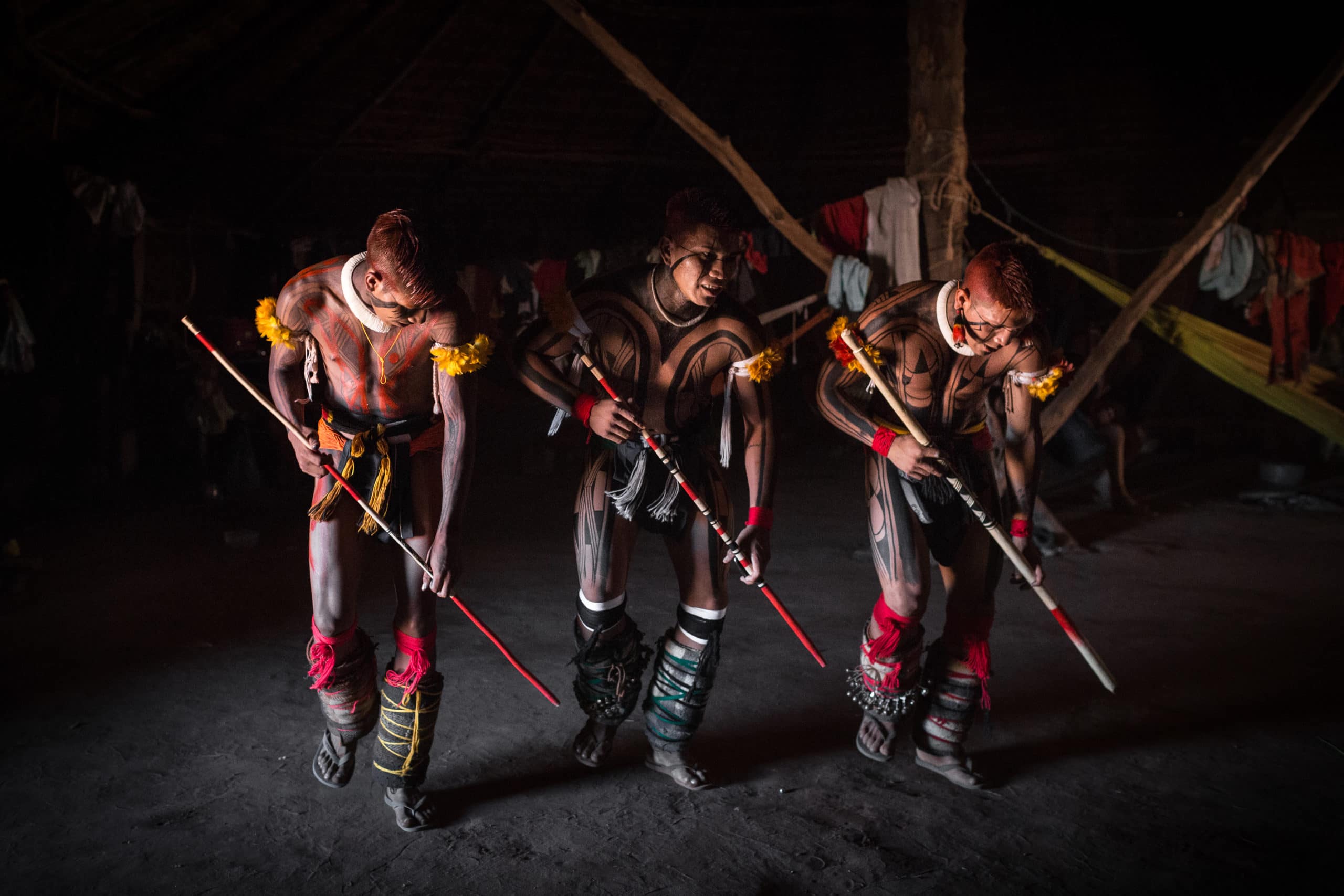
With the ongoing massive deforestation in the Amazon by neo-Brazilians for logging, farming, and mining, the “lungs of the world” are under threat, as are the lives of the indigenous people whose way-of-life depends on the flora and fauna of the forest they have managed successfully for centuries. If the forest disappears, or is even diminished much more, its loss will have a devastating effect on the world’s climate. A number of scientists and non-government organizations (NGOs) from Brazil and other countries are partnering with the indigenous people to preserve their lands, their cultures, and their lives.
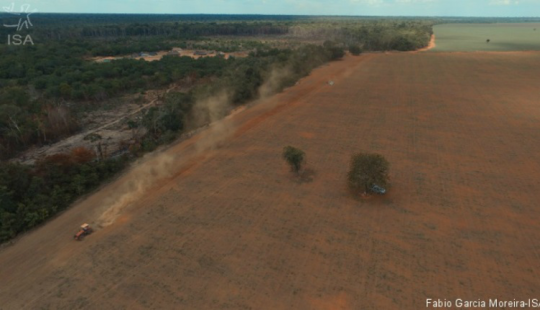
Although the CMNH project will take some time—and a lot of planning and resources, the growth of collaborative efforts to address the looming threats to the Amazon Basin have made conditions optimal to bring collections-centered stories to the American public. The idea to provide wider access to the artifacts got started two years ago, when on September 2, 2018, Museu Nacional, the national museum of Brazil, was almost entirely destroyed by a fire. The blaze destroyed a magnificent natural history collection, and also one of the largest archeological and ethnographic collections in the world. The institution’s holdings of Amazon Basin material were unparalleled, and are now gone.
By great good fortune and the foresight of then-curator James B. Richardson, the CMNH Section of Anthropology developed an outstanding Amazon Basin collection, starting in the early 1980s. Richardson was also a professor of anthropology, and divided his time between the University of Pittsburgh and the museum. As an archeologist working in Peru, he regularly advised South American-focused graduate students. Whenever one of these students prepared for fieldwork, Richardson would make museum funds available for artifact collection and shipping. Through this process, and aided by purchase of existing collections, the museum amassed materials from 72 Amazon Basin tribes. The three most-complete assemblages (with associated collectors) are from the Yanomamo [Dr. Giovanni B. Saffirio], the Kayapo [Dr Darrel A. Posey], and the Kuikuro [Dr Michael J. Heckenberger]. With the loss of Museu Nacional, these collections are now the best and most complete in the world.
The COVID-19 pandemic has made it difficult to predict project timing, but we plan to eventually document every relevant item with high-resolution digital images, and a smaller number with 3-D images, beginning with the Kuikuro collection. Ideally, we would like to bring several Kuikuro people to Pittsburgh to co-curate the artifacts by identifying component materials, and explaining each item’s creation process and use.
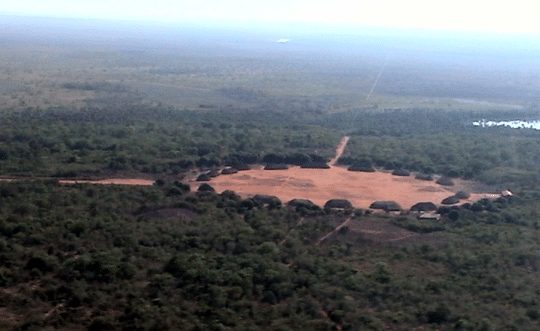
Dr. Heckenberger, whose archeological findings were recently featured on the Discovery Channel’s 3-part series, “Lost Cities of the Amazon,” continues to work with the Kuikuru in the upper Xingu River basin. Chief Afukaka Kuikuro, who helped Heckenberger gather materials for the museum in the early 1990s, and is involved in other collaborative projects, will likely play a critical role. Because ethnographers were historically male, women’s views and artifacts got short shrift in museum research. In an effort to remedy such bias, several Kuikuro women will be included in the project.
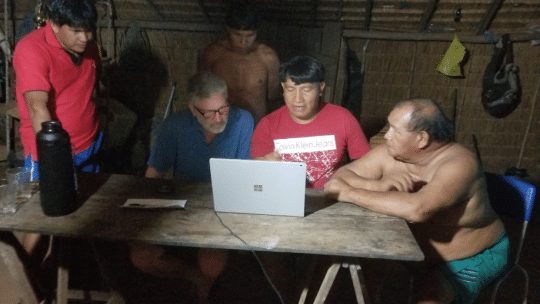
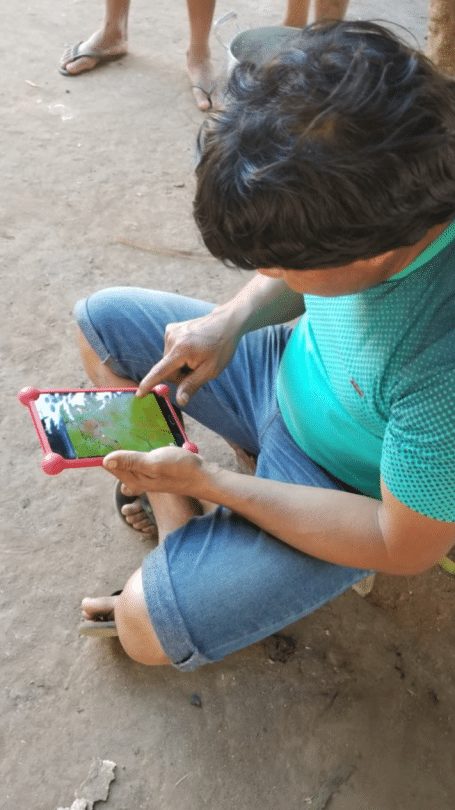
What will be the outcome of this endeavor? At the very least, a small exhibit in the museum will make select artifacts accessible to the people of the Pittsburgh Region as windows into the culture of the Kuikuro. Other possibilities include an online catalog, or a large installation with visiting Kuikuro to present lectures and show the films of film-maker Takumā Kuikuro. At the very least, artifact images will be shared with the Kuikuro themselves, so that they have a record that will remain available to their craftworkers, children, and grandchildren.
These ambitious plans might not happen anytime soon. With time and funding, however, bringing these wonderful objects to the attention of the public will provide a glimpse of life in a very different world. The Kuikuro have much knowledge to share, and we’d like to be a part of making it available to the rest of the world.

Additional resource: The Xingu Firewall
Deborah Harding, M.A. is the Collection Manager of the Section of Anthropology at Carnegie Museum of Natural History. This blog is part of Super Science Days: Scientist Takeover!
Related Content
Scientist Takeover: What is a Dichotomous Key?
